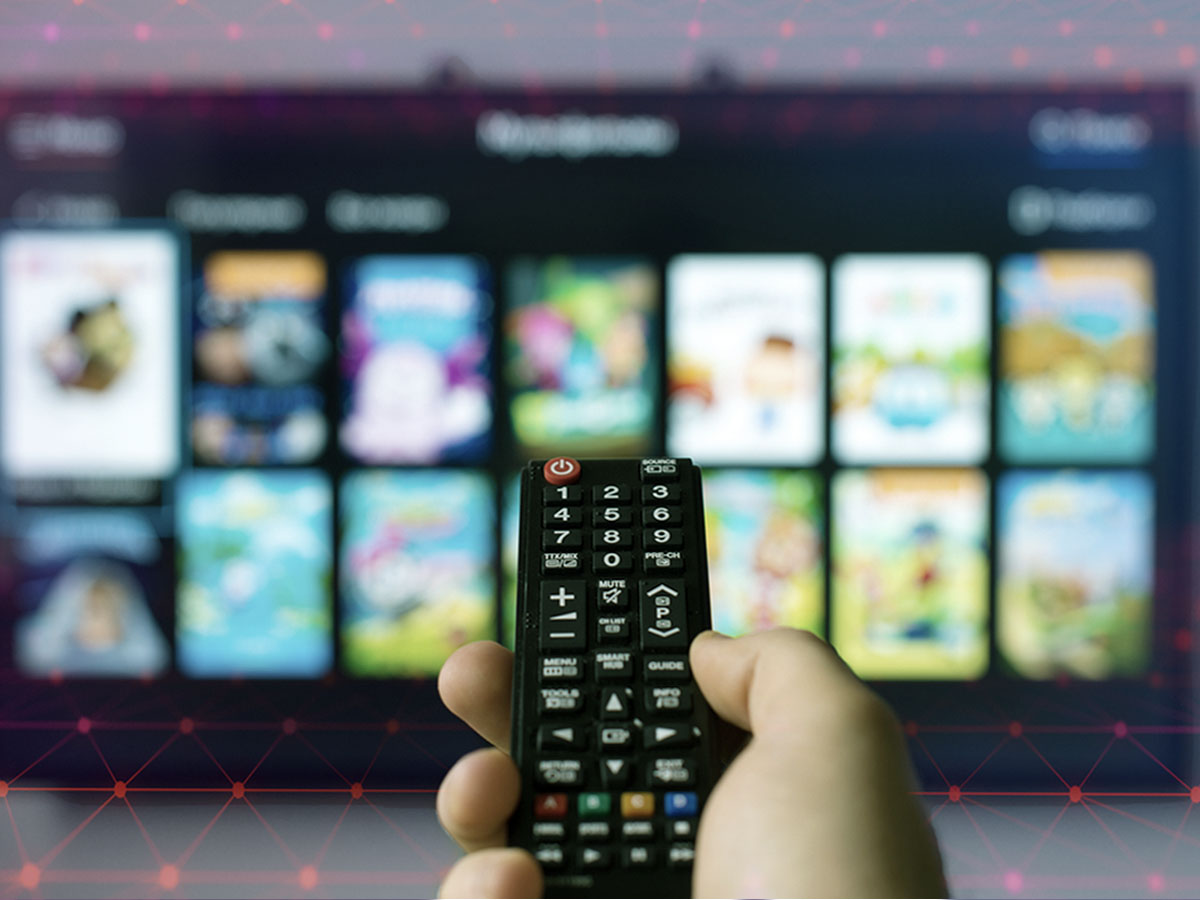
We rely on the Internet, and reliable access to it, for nearly everything in our lives: work, school, dating, shopping, and, of course, as a main source of entertainment, news and sports. There seemingly appears to be a myriad of choices both in terms of what we watch and how we get access to those options. Unless, you’re Hispanic. TechLatino, through its network of nearly 15 affiliated community-based councils, associations and partnerships with non-profit organizations, LISTA advocates on behalf of the millions of Latinos in 50 states, the District of Columbia and Puerto Rico, has written here before about the digital divide that overwhelmingly affects our communities. What we must realize, and finally demand change around, is that this technology gap does not just affect our access to hardware and high-speed internet service, but also the content choices available to us once we’re plugged in.
Television is one of the leading ways in which individuals connect to the world around them. And, as we know, “television” has expanded to include both connected and streaming services. With the Presidential election upon us, and with Hispanics being the fastest growing minority group in the U.S. – poised to have a major impact on the outcome of this election – it is critical that we receive timely information on the candidates and the electoral process. This raises a question about content choice and availability.
In recent years, traditional pay TV providers have steadily lost subscribers mainly due to price and content choices. Meanwhile, streamers continue to gain viewers at a breakneck pace. There is an undeniable correlation between the decline of cable and satellite subscriptions and the rise of steaming services; eMarketer predicts that “Cable, satellite, and telecom TV providers will lose the most subscribers ever this year.”[i] The researcher originally forecasted that there would be 80.5 million U.S. pay TV households this year, but recently adjusted those figures down to 77.6 million[ii]. In comparison, eMarketer increased its forecast of subscription OTT viewers from 192.7 million to 207.5 million for 2020[iii].
In May, Variety magazine reported that, based on estimates from analyst firm MoffettNathanson, “The only notable subscription-TV services to add subscribers in the first quarter of 2020 were Hulu + Live TV — which picked up about 100,000 to stand at 3.2 million — and Google’s YouTube, which netted approximately 300,000 to reach 2.3 million[iv]…”
When you look at the field of programmers, the only major broadcast networks that saw viewership increases during the past season were Univision, UniMás and FOX. And, yet, neither Hulu Live nor YouTube TV carry either of the Spanish-language networks even though Univision is the number one Spanish-language broadcaster in the U.S.
It’s not enough that streamers offer only a single national news and entertainment network for Hispanics. No service would ever justify carrying a selection of English-language networks that didn’t include the likes of CBS, NBC, ABC and FOX. When it comes to options in the Hispanic space, there should be a myriad of informational, educational and entertaining options that mirror the faces and voices within our own communities. Anything short of that is just unacceptable.
Now is the time
for all of us to demand more options, more accessibility and more
representation from the services that should keep Hispanics informed and
involved.
[i] eMarketer, “Q3 2020 Digital Video Trends: COVID-19 Shakes Up the TV Upfronts”, October 2020
[ii] eMarketer, “Q3 2020 Digital Video Trends: COVID-19 Shakes Up the TV Upfronts”, October 2020
[iii] eMarketer, “Q3 2020 Digital Video Trends: COVID-19 Shakes Up the TV Upfronts”, October 2020

